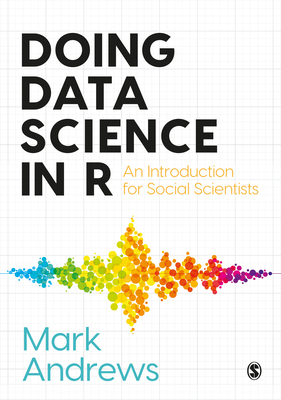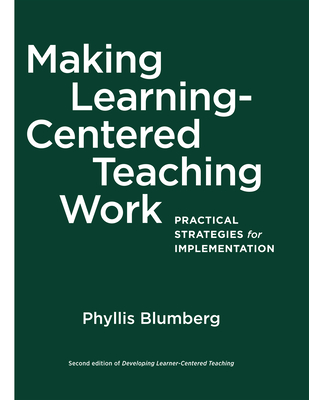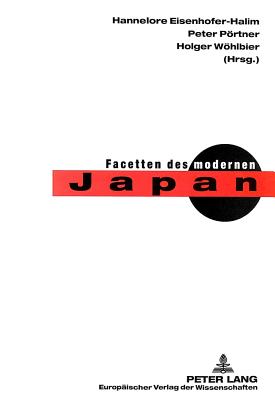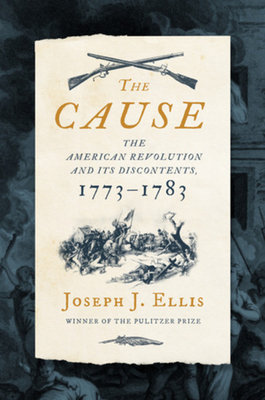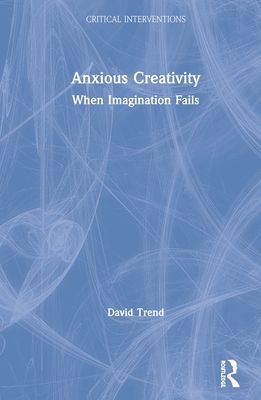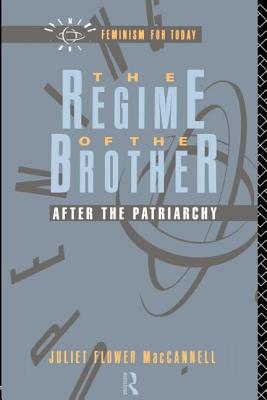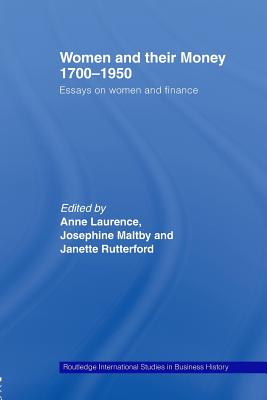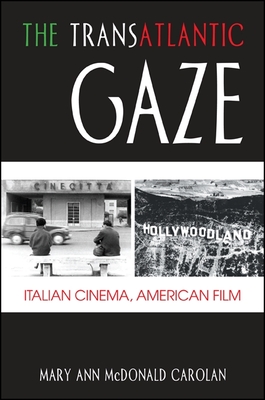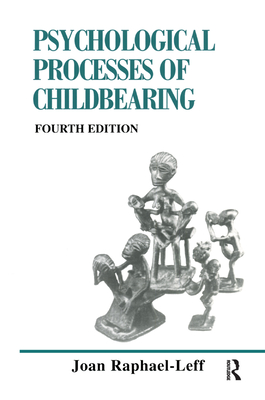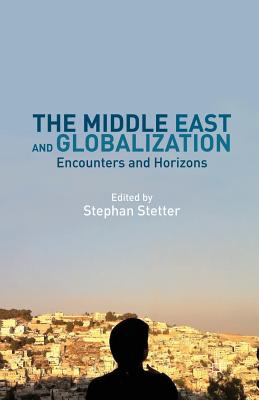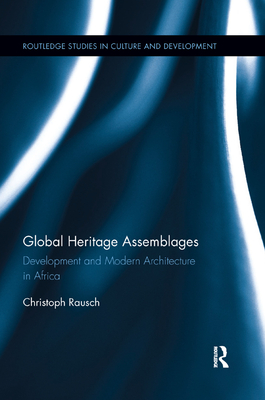A study of the changes in wealth and its distribution in nineteenth and twentieth-century Paris that maps the interplay between wealth, inequality, and welfareSuccessful economies sustain capital accumulation across generations, and capital accumulation leads to large increases in private wealth. In this book, Gilles Postel-Vinay and Jean-Laurent Rosenthal map the fluctuations in wealth and its distribution in Paris between 1807 and 1977. Drawing on a unique dataset of the bequests of almost 800,000 Parisians during this period, they show that real wealth per decedent varied immensely over time while inequality was high and declined only slowly. Parisians’ portfolios document startling changes in the geography and types of wealth over time. Postel-Vinay and Rosenthal’s account reveals the impact of economic factors (large shocks, technological changes, differential returns to wealth), political factors (changes in taxation), and demographic and social factors (age and gender) on wealth and inequality. Before World War I, private wealth was highly predictive of other indicators of welfare, including different forms of human capital, age at death, and access to local public goods. After World War I, public intervention reduced—but did not eliminate—the strong connection between wealth inequality and other forms of inequality. Over the two centuries covered, Paris and its wealth were on the vanguard of economic and social change that affected the rest of the country a generation later.
A study of the changes in wealth and its distribution in nineteenth and twentieth-century Paris that maps the interplay between wealth, inequality, and welfare
Successful economies sustain capital accumulation across generations, and capital accumulation leads to large increases in private wealth. In this book, Gilles Postel-Vinay and Jean-Laurent Rosenthal map the fluctuations in wealth and its distribution in Paris between 1807 and 1977. Drawing on a unique dataset of the bequests of almost 800,000 Parisians during this period, they show that real wealth per decedent varied immensely over time while inequality was high and declined only slowly. Parisians’ portfolios document startling changes in the geography and types of wealth over time.
Postel-Vinay and Rosenthal’s account reveals the impact of economic factors (large shocks, technological changes, differential returns to wealth), political factors (changes in taxation), and demographic and social factors (age and gender) on wealth and inequality. Before World War I, private wealth was highly predictive of other indicators of welfare, including different forms of human capital, age at death, and access to local public goods. After World War I, public intervention reduced—but did not eliminate—the strong connection between wealth inequality and other forms of inequality. Over the two centuries covered, Paris and its wealth were on the vanguard of economic and social change that affected the rest of the country a generation later.
Get A Capital’s Capital by at the best price and quality guranteed only at Werezi Africa largest book ecommerce store. The book was published by Princeton University Press and it has pages. Enjoy Shopping Best Offers & Deals on books Online from Werezi - Receive at your doorstep - Fast Delivery - Secure mode of Payment
 Jacket, Women
Jacket, Women
 Woolend Jacket
Woolend Jacket
 Western denim
Western denim
 Mini Dresss
Mini Dresss
 Jacket, Women
Jacket, Women
 Woolend Jacket
Woolend Jacket
 Western denim
Western denim
 Mini Dresss
Mini Dresss
 Jacket, Women
Jacket, Women
 Woolend Jacket
Woolend Jacket
 Western denim
Western denim
 Mini Dresss
Mini Dresss
 Jacket, Women
Jacket, Women
 Woolend Jacket
Woolend Jacket
 Western denim
Western denim
 Mini Dresss
Mini Dresss
 Jacket, Women
Jacket, Women
 Woolend Jacket
Woolend Jacket
 Western denim
Western denim
 Mini Dresss
Mini Dresss













